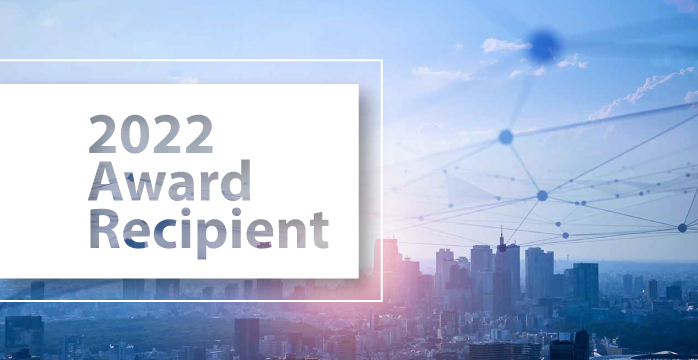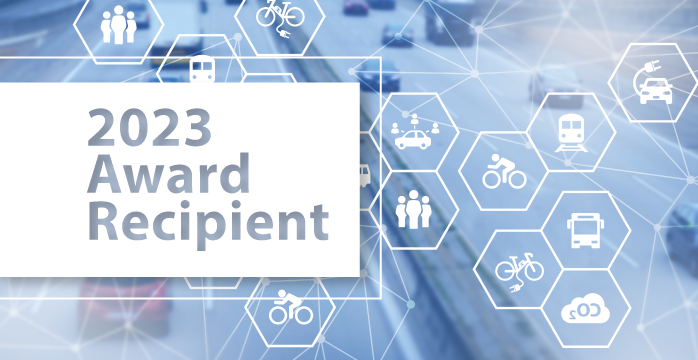Mumbai, India – 11th September, 2014 – The education sector in India can be divided into formal and non-formal segments. The formal segment refers to K-12 (Kindergarten to 12th grade) and higher education. Although the formal segment constitutes more than 80 percent of the market size, opportunities to invest in this sector remain limited due to strict regulations that prevent participants from distributing profits. The non-formal space is relatively small in size, but the low levels of regulations allow participants to distribute profits.
A Gross Enrolment Ratio (GER) much lower than that of the developing world and the global average is a matter of serious concern for India as a whole. The mid-day meal was planned to enhance the intake of students from rural and backward areas so that these children would also get suitable nutrition and food would act as an incentive to enable parents to send their children to school. The rise in India’s GER from 12 percent to 16 percent between 2008-2013 does indicate positive growth but yet there is immense scope for enhancing educational reach and standards.
Higher Education
Frost & Sullivan research shows that the GER of 11 per cent in 2008 rose to 16 per cent in 2013 and is expected to increase to 21 per cent by the year 2021. The allocation of INR 81,000 crore in 2009 helped create about two million higher education seats. However, there is a need for almost 10 million higher education seats, which can be appropriately filled by private public partnerships.
Employability is one of the essential goals of a higher education system. Financial accessibility, physical accessibility, and virtual accessibility (online education) will play a key role in the success of higher education. Improved credit facilities for higher education have enabled students to go for higher education. High quality pedagogy coupled with better infrastructure facilities are also likely to give impetus to the higher education sector in India by making it more attractive for foreign students to gain admission. Digital learning and classrooms are becoming an integral part of the education system. The aim has been to provide the latest and most hands-on learning classroom experience to students to enable them to grasp concepts better.
In terms of research competence, prominent institutions like the IIT’s are faring comparably well with their compatriots abroad. For instance, every faculty in an IIT is expected to produce three research papers a year as against 1.8 per faculty member for University of Purdue in the USA. However, original research which is path breaking is rare and most of the research involves minor changes to pre-existing papers. Funding for research in IIT’s is almost as low as five percent of that received by universities in developed countries like the USA.
One of the biggest concerns of the State and Central governments is the presence of a huge pool of graduates whose knowledge and skill sets are not at par with industry requirements. This educated, unemployable mass represents the biggest threat to social development. Firstly, it undermines the utility of the Indian education system. Secondly, it represents a discontented faction of fertile minds, who look at spurious ways of earning wealth and would resort to unfair means for the same. It has been seen that countries with large, unemployable youth also tend to score high on corruption and crime rates. The ubiquitous nature of corruption in India coupled with the ever increasing crime rate must draw the attention of all stakeholders to the importance of employment and job creation so that these youth may be fruitfully engaged. While refinement of individuals is the final goal of education, a pragmatic approach cannot deny that unless one is reasonably contented on the physical and material level, there is little chance of achieving the higher purpose of welfare.
Key Recommendations of Frost & Sullivan
Importance of Values Orientation
Necessity of Cross Cultural Diversity to enhance Research
Teacher training sessions to improve the quality of teaching
Excellence in Academic Administration.
Further details may be found in the article ‘Outlook for the Indian Education Market’ on staging.frost.com
About Frost & Sullivan
Frost & Sullivan, the Growth Partnership Company, works in collaboration with clients to leverage visionary innovation that addresses the global challenges and related growth opportunities that will make or break today’s market participants.
Our “Growth Partnership” supports clients by addressing these opportunities and incorporating two key elements driving visionary innovation: The Integrated Value Proposition and The Partnership Infrastructure.
The Integrated Value Proposition provides support to our clients throughout all phases of their journey to visionary innovation including: research, analysis, strategy, vision, innovation and implementation.
The Partnership Infrastructure is entirely unique as it constructs the foundation upon which visionary innovation becomes possible. This includes our 360 degree research, comprehensive industry coverage, career best practices as well as our global footprint of more than 40 offices.




